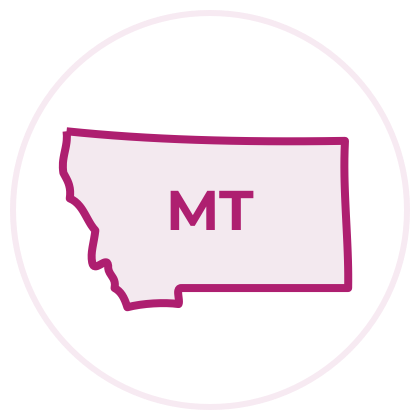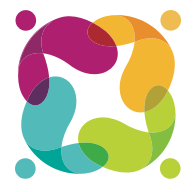Pre-Service Training
All prospective foster and adoptive parents, including relatives, must attend the 18-hour Keeping Children Safe (KCS) training prior to foster care licensure or to be approved for adoption or guardianship, unless a specific exception has been granted in writing by the regional administrator.
All prospective adoptive parents and guardians who will be receiving a subsidy also need to attend an additional six-hour preservice training called Creating a Lifelong Family. Families transitioning to adoption or guardianship will be required to participate in Creating a Lifelong Family unless a written exception is granted.
Services Offered Through the State’s Post-Permanency Support Program
Post-permanency services are provided by the Montana Department of Public Health and Human Services – Child and Family Services Division (CFSD).
Services include:
In fiscal year 2023, the program served 560 families, including families whose subsidies were renegotiated.
Geographic Area Covered
Post-permanency services in Montana are offered statewide. Some communities have fewer adoption-competent providers to offer services, although telehealth has made services more accessible.
Eligible Population for the Overall Post-Permanency Program
Accessibility
Montana provides five hours of cultural competency training for all Child and Family Services Division staff to increase cultural awareness and to develop skills towards more effectively understanding, communicating with, and interacting with people across cultures. Interpreters are available if needed.
The state partners with tribal nations to effectively serve children and families connected to each tribe.
Montana offers a kinship navigator program to support kinship caregivers, including adoptive and guardianship families.
Outreach and Engagement
After they complete subsidy negotiations, CFSD provides a letter to families that explains the post-permanency services. The department will soon launch a more formal outreach program that will likely include sending families a questionnaire and information about supports 60 days after finalization and again within a year.
How the Post-Permanency Program Is Operated
Notes About Who Provides Which Service(s)
Post-permanency services are provided by two CFSD staff members.
Adoption/Guardianship Assistance/Subsidy Review and Changes
Montana does not conduct reviews of existing adoption/guardianship agreements with families. Instead, adoptive parents or guardians are required to inform the Child and Family Services Division of circumstances that would make them ineligible to continue to receive subsidy payments or eligible to receive those payments in a different amount.
Adoptive parents and guardians or the Montana Child and Family Services Division can request a change in the adoption/guardianship assistance agreement any time there is a change in the child’s needs or family’s circumstance or an increase in the foster care rate the child would have received in foster care. Families who want to modify an agreement can call the post-permanency program to make the request.
Tracking Adoption/Guardianship Discontinuity
CFSD has just begun tracking in its child welfare database youth who were adopted or placed in guardianship from Montana care who return to care. They also ask regional administrators to report if other adopted children have entered care. As they review the data, state staff will examine the reasons for entry and the family’s needs.
CFSD is also tracking families who are experiencing instability, especially those entering residential care. They check in with these families to offer support and are considering efforts to enhance coordination with children’s mental health.
The state is also developing a process so that the child welfare hotline will connect with post-permanency staff when adoptive or guardianship families are referred.
Post-Permanency Program Spending (FY 2023)
Funding Sources for the Post-Permanency Program (FY 2023)
- Title IV-E funds (including Prevention Services Grant Program/PSGP or IV-E training dollars)
- Adoption/Guardianship Incentive Program Payments (AIPP)


